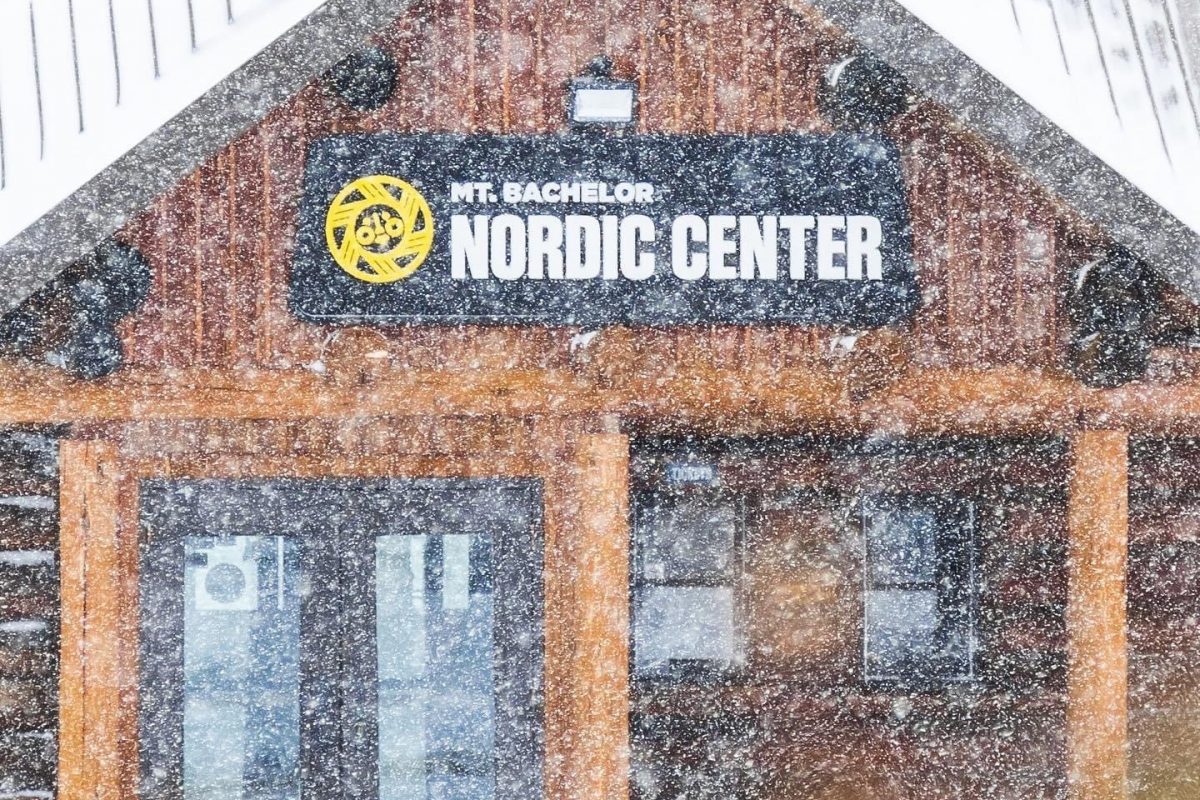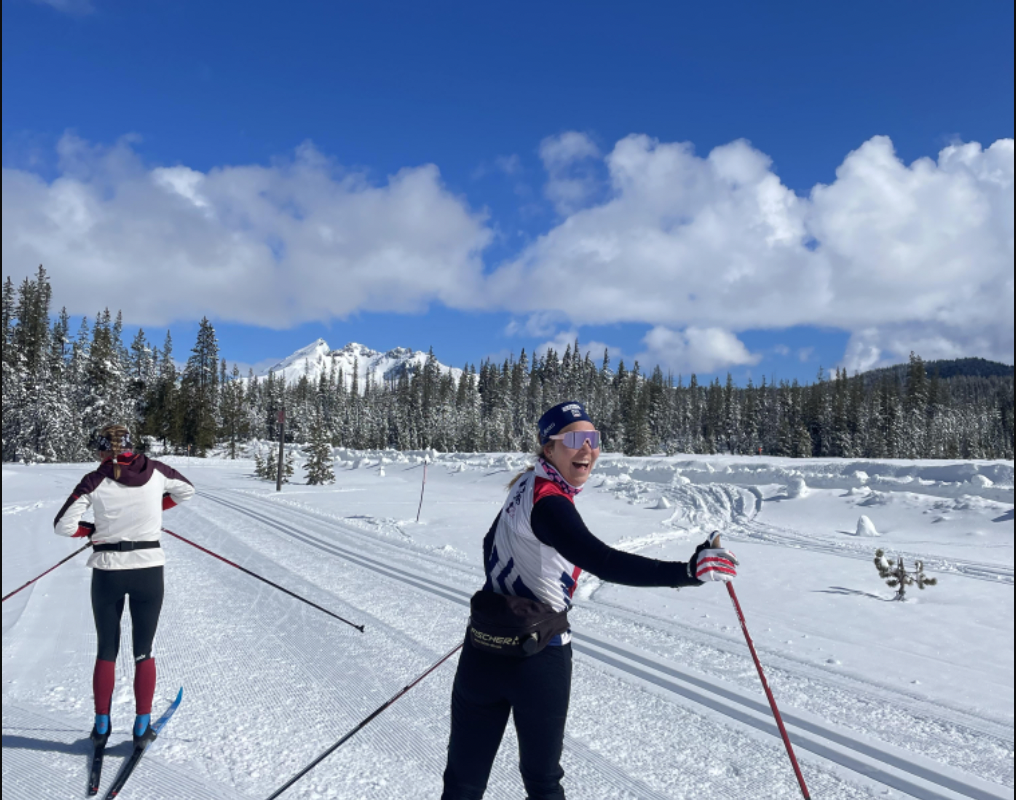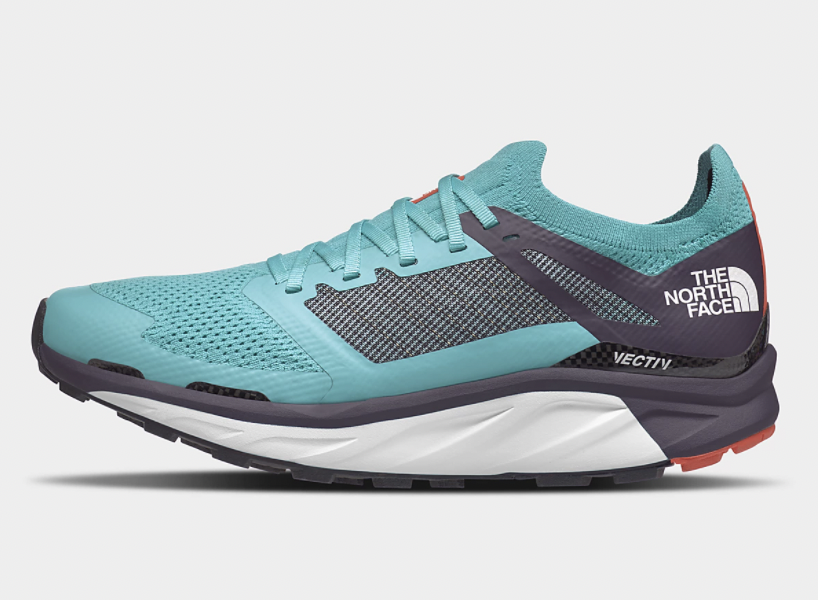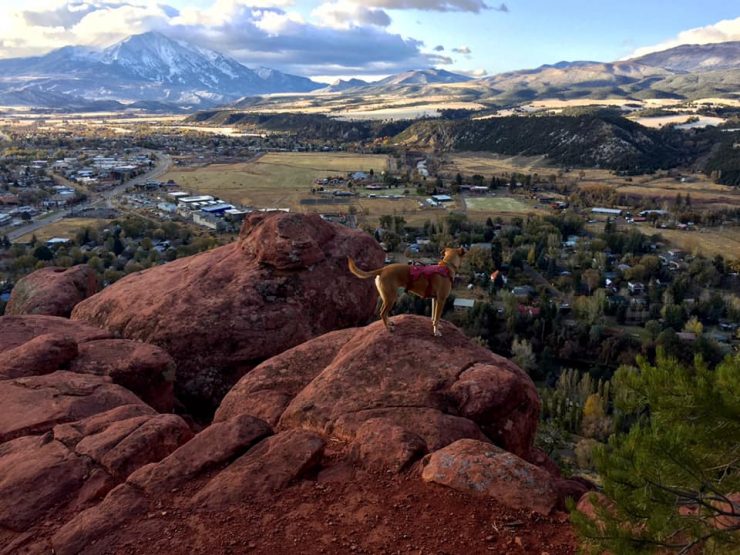
This review is based on three weeks of product testing. During this time, the pack was used on ten outings, approximately 80 miles of running and one 20k rollerski.
Since my introduction to endurance sports in high school, my two loves have been running and cross-country skiing. After moving to the Roaring Fork Valley in Colorado in 2012, a mecca for trail running, I took to running in the mountains and dipping my toes in the water of ultramarathon racing. Between the snow melt in late June and late fall when snow coats the high country, I spend as much time as I can traveling fast and light through the mountains. This year, that meant over 1000 miles between the beginning of June and the end of September.

Putting in long days in the mountains requires the ability to carry sufficient amounts of food, water, and layers. That makes a running vest imperative. I jumped at the opportunity to test out Nathan’s newest women spcific trail vest, the 7-Liter VaporAiress 2.0, always looking to expand my lineup of options. A men’s version, the VaporAir vest, is also available. Both packs retail for $149.99.
After traipsing over snow, ice, mud, and combinations of those three while logging late-fall miles, I found this vest up for the challenge of carting plenty of fuel and fluids, but not quite my dream pack. Is there such a thing? Here are the aspects I enjoyed, and those that left me wanting.
The Pros
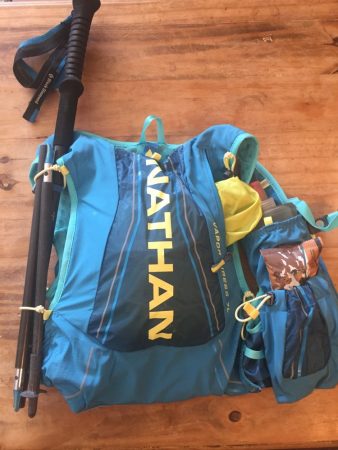
Without the bladder, the pack weighs 8.3 oz (235 g), making it lighter than the 8 L Black Diamond Distance Pack, but heavier than the sleeker Salomon Salomon S/Lab Sense Ultra 8. It’s sleek design fit under a jacket, which kept the bladder and hose from freezing on a single digit dawn patrol.
Pockets, pockets, pockets! This vest has three layers of chest pockets on each strap: a waterproof phone pocket, a soft flask sleeve, and a smaller pouch with an elastic closure system for snacks or gels. The back features a large kangaroo pocket which can be used as a sleeve for the bladder or for stashing layers. There is also a medium zippered pocket, a stretchy horizontal sleeve, and a small open pocket on the back of the vest, and elastic loops to secure trekking poles.
This volume was unnecessary for the 1.5 – 3 hour runs I was completing, but is valuable for all-day adventures that require a larger amount of food and clothing. It’s also great for keeping your supplies organized.
Running at night? The Vapor Airess 2.0 features reflective strips on the chest and back which contour to the sides of the body giving the wearer 360 degrees of visibility. These strips glowed brightly when illuminated by a car or a running buddy’s headlamp.
The Cons
Breathability: with so many layers of pockets, the vest holds more heat than a paired down race vests. There is a moisture wicking panel between the bladder sleeve and the wearer which may help in the summer if the user is just wearing a sports bra or thin tee shirt, but is less effective over thicker winter wear.
The pack features Nathan’s signature “Adaptive-Fit” adjustment system, which allows the wearer to tighten the sides of the pack at the ribcage, as well as the two straps across the chest. The product page features a helpful instructional video on how to make this adjustment. At 5’6” and 125 lbs, I needed the elastic tightened fully for the size XXS-M pack to feel snug and still felt it was less secure than other vests that I’ve worn. I experienced less bounce using soft flasks in the chest sleeves than using the bladder, but could never quite get the glove-like feel I desired.
A word of caution: one reviewer commented that sliding adjustments on the chest straps can slip right off the end of the ribbing they are attached to, as there is no seam at the top or bottom to stop it. It is then very challenging to slide them back on.
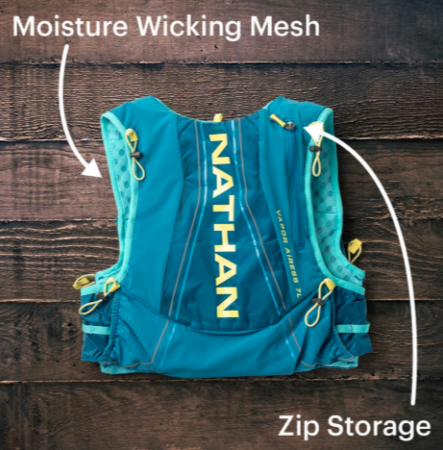
The 2 L bladder that comes with the pack feels too large for running and had a tendency to slosh from side to side even when the pack was fully tightened. My preference is 1.5 L at most for running for this reason, though the larger volume would be helpful on a long hike where bounce is less of a factor. I had much better luck keeping the pack from moving using 16 – 20 oz soft flasks in the chest sleeves.
While storage opportunities are plentiful, the rear pockets are difficult to access on the go and it is nearly impossible to do so while keeping the pack on. This may not be a problem on outings where stopping to stash a layer is not a problem, but if you’re looking to make good time on a mountain mission or using it during a race, a pack with more accessible storage might be a better match. When the bladder occupies the largest compartment, it is challenging to store a larger jacket, like one might wear cross country skiing. I was able to stuff a thin waterproof wind shell into the zippered pocket and the horizontal sleeve.
The Takeaways
If you are looking for organized storage opportunities, the carrying capacity for lots of fluids, the Nathan Vapor Airess 2.0 might be a good choice for you. If your preference, like mine, is a more paired down pack race-style pack with stretchy easily accessible pockets, you might be better suited for one of Nathan’s other options, like the VaporHowe or VaporMag lines. I will likely use the 7 L Vapor Airess 2.0 as a small day hiking pack rather than a trail running vest.
Rachel Perkins
Rachel is an endurance sport enthusiast based in the Roaring Fork Valley of Colorado. You can find her cruising around on skinny skis, running in the mountains with her pup, or chasing her toddler (born Oct. 2018). Instagram: @bachrunner4646

